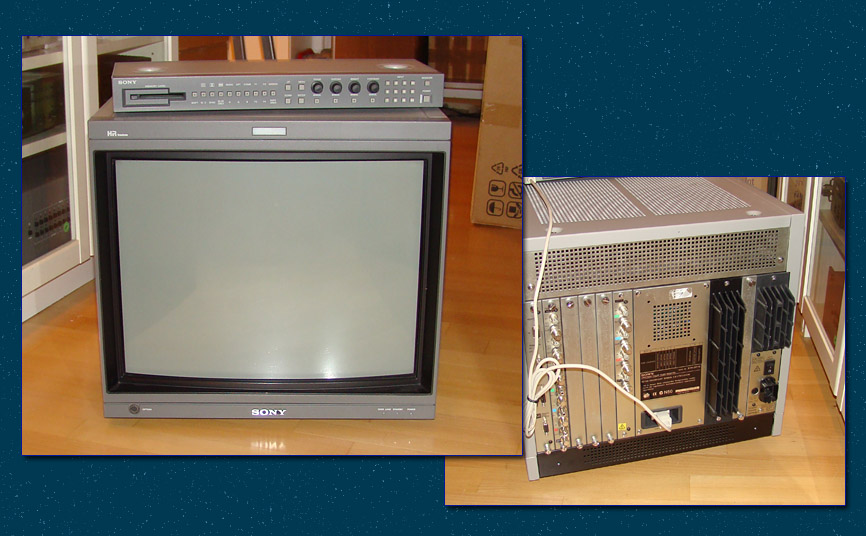
The first one's a class one CRT, the Sony BVM-20F1E (The E at the ends presents the European version, while the US Version ends with a U). While many users are familiar with the Sony's mid-class PVM series, the BVM models are Sony's broadcast production displays. The BVM-20F1 is a 20 inch 4:3 model. It was introduced around 1998 for about US$12,000. The price dropped to about US$8,000 when the last units were available around 2003. The 20" BVM monitors can nowadays be picked up for around $150 to $250.
The BVM series features expandable inputs by adding additional input boards. The standard connection is a combined component/RGBs input. Most 2nd hand displays came with a SDI board (with 3 digital inputs and one additional analogue component input). Further expansion boards are easily available at about $100 with two component/RGB inputs on each analogue board. The monitor itself does not contain any control elements. Instead you use an external controller board which is connected to the monitor with a RS232 cable. The controller board allows full control of up to a dozen chained displays. You also get a PCMCIA memory card slot to save and transfer settings to other monitors. Very fancy

The BVM-20F1 has full digital controls including full geometry and convergence controls using built-in test patterns. The only machines I've encountered with such extensive controls were 9" CRT beamers many, many years ago. The internal storage system allows different settings on 99 "channels" and you can assign any input you like to any channel. With different underscan/overscan settings required for different sources (the PS2 for example has heavy underscan), it's easy to save perfect settings for every connected systems, even if you're running through a switch before going into the display.
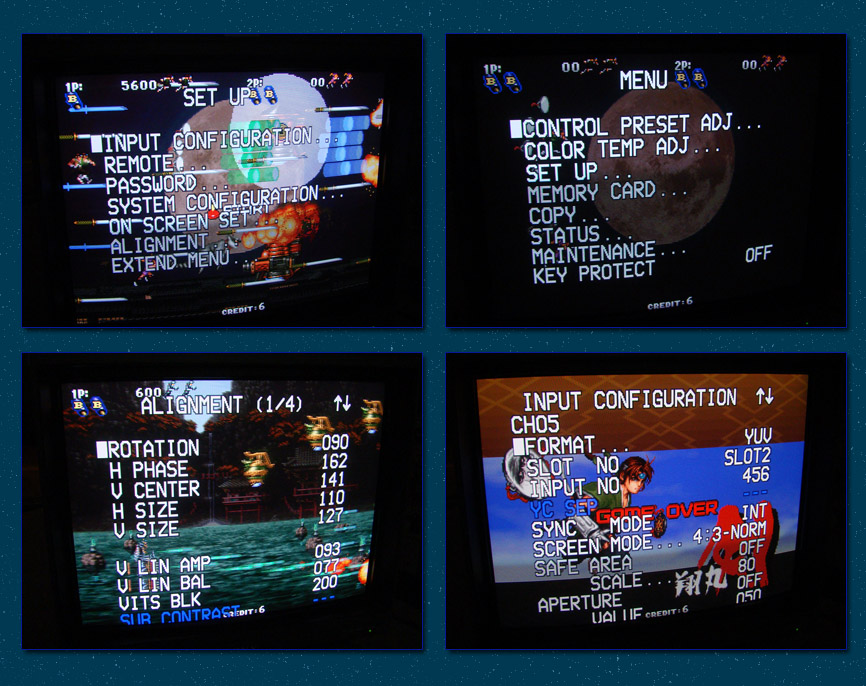
Being a classic CRT, the BVM-20F1 is a 15khz only display. It will accept and display 240p, 288p, 480i and 576i. Component and RGBs signals are accepted out of the box, but the RGBs signal requires a clean sync signal. Some systems like NTSC Saturns already have clean sync, while others don't (Playstation 1). A sync cleaner like the Sync Strike will help in these cases. Composite and S-Video inputs are only available through expansion boards. Some of the boards are NTSC-only, while others are multi-system-enabled. For my test setup I added a scan converter (Extron Emotia) to the setup in order to connect a XBox360 with VGA output.
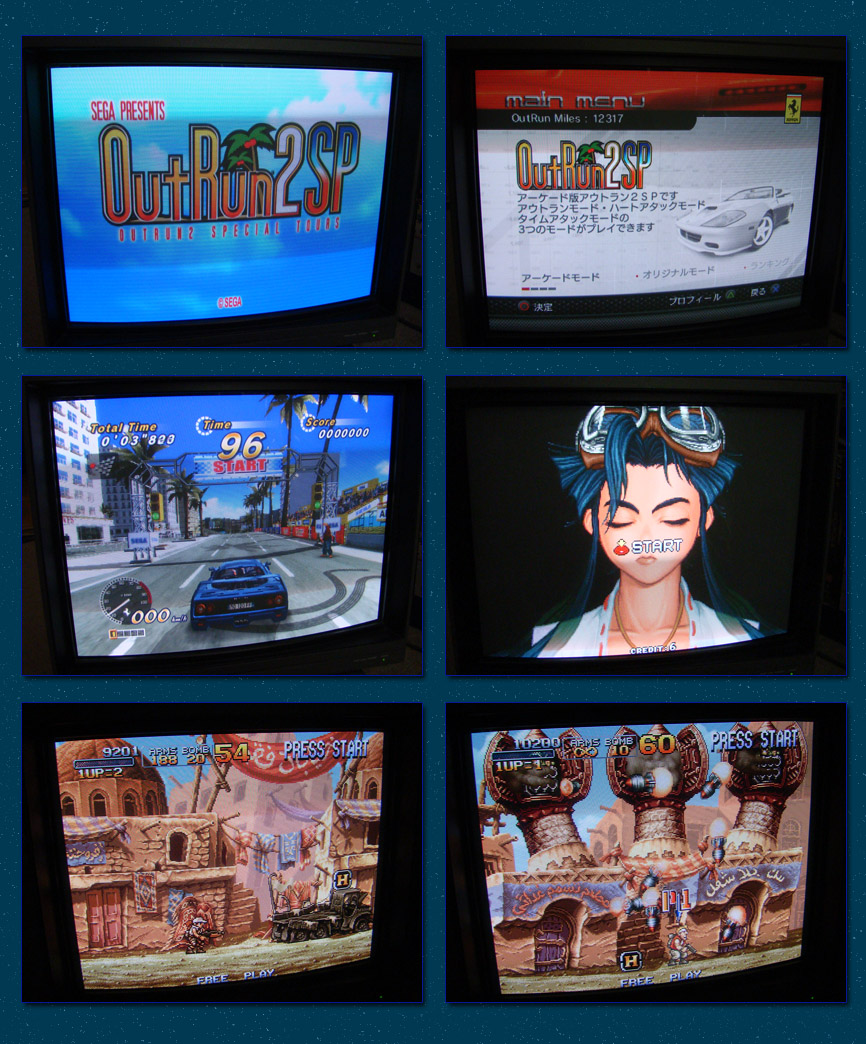
Remains the most important question of them all: how does the quality stack up ? In the 90s I owned a 29" Sony consumer CRT (with RGB input), followed by a number of PVM and PGM displays. Compared to any other CRT display I've ever owned, the BVM's quality is absolutely breathtaking. First of all, convergence and geometry are perfect once tweaked through the internal menu system. Colors and contrast are spot-on, just the blacks can't reach the performance of today's LED and Plasma displays. The BVM's picture is actually quite different as what you might expect from similar CRTs (21 inch PVMs for example). With 240p material you get perfectly spaced scanlines, but you'll have a very hard time to see something like a shadow mask of aperture grill. The ultra-high-resolution tube (sony claims 900 lines) makes is basically impossible to see the single R/G/B dots (mask) or lines (grill). For comparison: on Sony's PVM displays with Trinitron tubes, the aperture grill is quite obvious. The BVM's 240p picture is much closer to a digital LCD display with emulated scanlines than it is to classic CRT. If you take a look at the close up shots below, you'll see how fine the mask actually is. When playing my head was about 70cm (2 ft) from the screen and I couldn't see anything mask-related. Needless to say that the BVM is of course lag-free with all input signals.
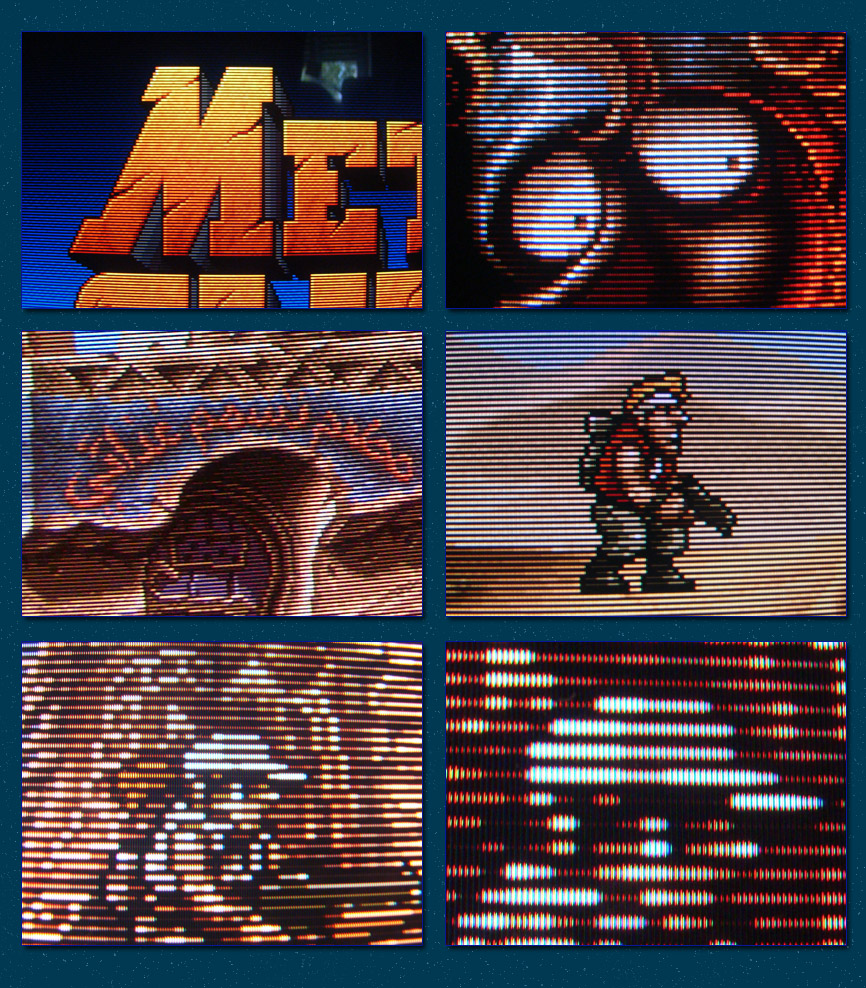
The BVM-20F1E is the very best CRT I've ever seen. It's form (perfectly flat side faces) makes it easily rotateable for shoot'em ups and it's flexibility with the ability to add as many input modules as you like (well, four or so) make it one of it's kind.
Pros:
- the best CRT quality I've ever seen
- basically invisible shadow mask / aperture grill
- zero digital processing of the signal, so 100% lag-free
- easily rotateable
- fully digital geometry and convergence controls
- affordable by now
(Minor) cons:
- blacks are not up to today's LCD/plasma standards
- geometry/convergence tweaking can take hours
- only 20" in size
- no speakers

The second one's a 4:3 plasma set, the Pioneer PDP-V402EU (the EU version is capable of displaying PAL signals, while the US version is probably not). The V402 was Pioneer's third and last 4:3 plasma presentation display. It was made available around 2001 and was available until 2003 or 2004. Early V402 units still have the old Pioneer logo on front, while the later ones had the new one (unfortunately just a sticker). Price upon it's introduction was US$8,000 without any accessories. Just like the 20" BVMs the PDP-V402 can nowadays be picked up for around $150 to $250 depending on the cosmetical condition and the hours the units has on it. Sometimes the 40" PDPs are listed for pick-up only and can be found under $100.
A few years ago I had a PDP-V401 already, so I knew what to expect for 480p/VGA sources, but the one thing the 402 heavily improved upon is the handling of 15khz sources. The V402 offers two sets of RGB inputs, one BNC, one HD15. The BNC one accepts RGBHV and RGBs signals, while the HD15 one accepts RGBHV and RGsB signals. S-Video and composite ports are available as well. My V402 came with an optional down converter board which allows PC signals up to XGA. Those are downscaled to VGA then before fed into the panel. To connect a 15khz or 31khz component source, you have to add a color transcoder. For the test run I used a Burosch Con-1 converter, since it does 15khz and 31khz without the need to swap any cables. Note that no other external deinterlacers, scalers or video processors have been used with the PDP during this test run.
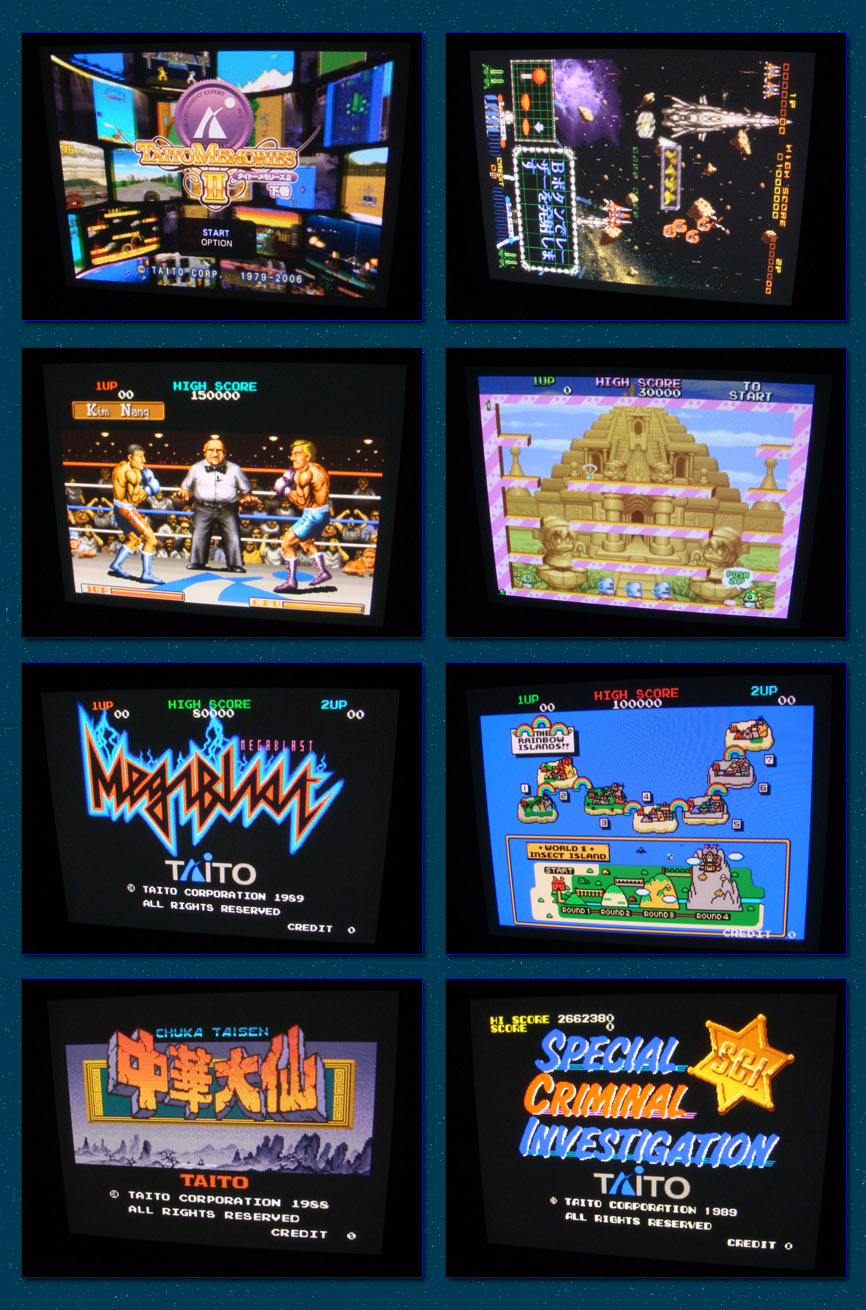
The PDP's controls are very rudimentary. You get a contrast and brightness control, phase and clock setting for RGB signals as well as horizontal and vertical centering controls. That's it. The service menu allows color temperature settings (freely adjustable and two presets, one very cool/blueish with 9500°K and another one very nicely tuned in at about 6500°K), has an hour counter (mine's at 4,200 hours) and offers full color test screens to deal with image retention or burn-in.
Since the Pioneer is an early plasma generation, image retention is quite obvious. If you play a 2D shoot'em up, the score display will show a slight afterglow for several minutes after you've quit the game. This has nothing to do with burn-in though and with a display properly "broken in" burn-in is nothing you have to worry it. I had an in-game pause screen showing for about 3 hours recently and the image retention from it was completely gone about 2 minutes into my next game session. The V402 on hand does not exhibit any plasma buzzing, but the chassis got five fans in the back, which can't really be called silent. Displays in private use usually don't run hot, so it might be possible to exchange the fans for something more silent. My unit came with the Pioneer speaker set, which looks and sounds quite nice. Funny thing about them is that they're not active, but passive speakers, so you need a little stereo amp somewhere to power them. Weird design decision from Pioneer I would say.
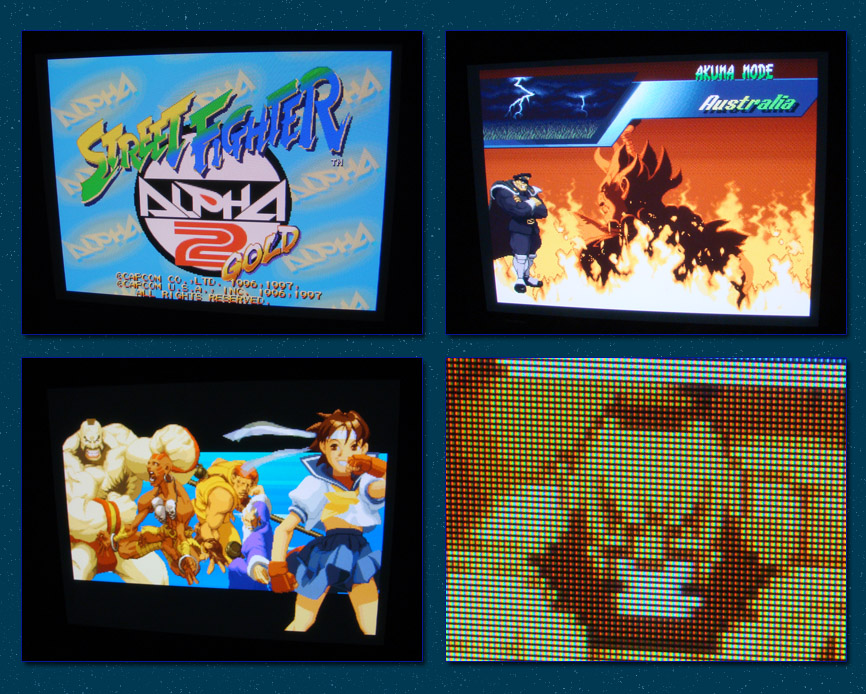
I never had the chance to see a brand-new V402, but with only 4,200 hours on it, colors and light output of the Pioneer on hand should still be very similar to what a new display can produce. My first test was with progressive 480p/VGA sources of course and that's what the Pioneer was obviously designed for. You get a pixel perfect image without agressive sharpness. Plasma pixels (actually cells) aren't as "sharp" as LCD pixels, so the image appears a little smoother than it would on a LCD display of the same size. Colors are fantastic and the contrast is quite good. There are no blacks though. The darkest the display can produce is a dark grey, so while colorful games look fantastic, it's probably not the best display to play Resident Evil at night.
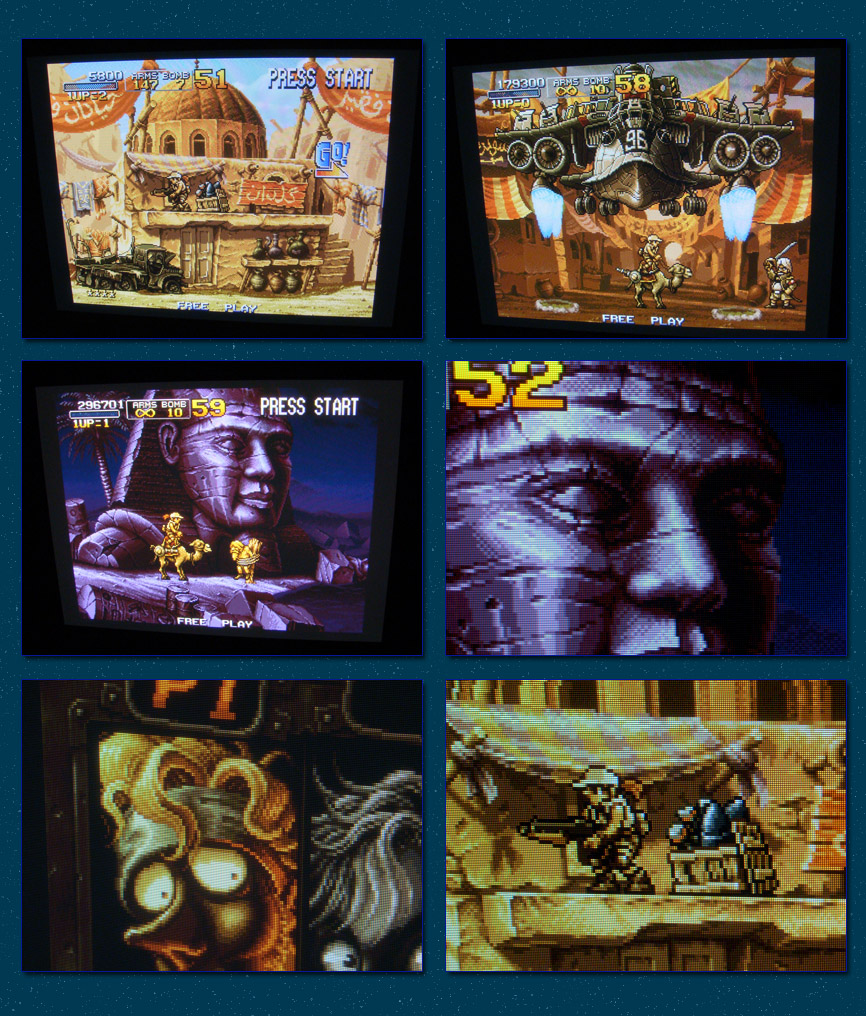
Anyway, as said before, VGA sources look as expected (which is fantastic). What I really love about the V402 though is how it displays 15kz sources. 240p (15khz RGBs) signals are properly handled as progressive and perfectly line doubled to 480p. There's zero difference to real 480p sources. The V402 is basically lag-free and there's no (!) additional processing time for 240p signals. Compared to my main Sony LCD with a XRGB, the controls are perfectly spot-on with no delay whatsoever. Most interesting was how the V402 handles 480i signals. Those are run through an internal deinterlacer and display in 480p as well. The deinterlacer is optimized for moving video content (no filmmode available) and is VERY video-biased. This means that you get high-detail 480p for static images (menus etc), but the picture is basically reduced to linedoubled 240p for anything that moves. Now that's nothing new per se (most linedoublers from 10 years back work this way), but what makes the Pioneer shine is how sharp and pixel perfect 240-line fields are doubled and displayed. You'll notice an EXTREMELY slight judder/tremor on horizontal lines, but it's really nothing compared to any other linedoubler I know. Even the XRGB-Mini shows considerably more tremor and image degradation when used in gamemode and does nowhere perform as great as the Pioneer. The only processor close to the Pioneer is the XRGB-3 in B1 mode, but still the Pioneer performs more solid.
I first tried 480i with real high-res titles, but I then moved on to those troublesome 480i titles which have originally been 240p titles. Titles like Mushihimesama and Ibara on the PS2 or all four volumes of the Taito Memories series. Those titles look acceptable on CRTs (but there they show combing) and they look ok with proper deinterlacers like the Framemeister (with highly tweaked settings), but it's unbelievable how good these titles look on the Pioneer. The video-biased deinterlacer works wonders on those and makes them look NEARLY like genuine 240p titles. The picture's a little bit softer than on a real 240p source, but that's nitpicking. They look so good, that I lost hours and hours on the Taito Memories recently. Something I never did, because I could never live with the cheap 480i emulation. This is also the ONLY display or processor I found so far on which PS2's Mushihimesama and Ibara conversions look really good. Sengoku Ace 1 & 2 and Dragon Blaze (which are also 480i) look fantastic as well! I actually just finished Sengoku Ace for the first time around.

The Pioneer PDP-V402 is very interesting display. First of course it's size. 40" in 4:3, perfectly rotateable to both sides for TATE sessions, but more important, the outstanding quality it delivers for 240p, 480i and 480p sources without any additional processing along with the ability to play all those tragically converted 480i arcade games (Taito Memories, Capcom Generations etc) in the best quality you'll find anywhere. For anyone with a 50+ inch television at home already, the 40" are nothing special of course, but given that the only thing with quality close to the Pioneer is a XRGB and that alone costs more than the PDP and you certainly end up with a higher input lag compared to the Pioneer, the V402 is a highly recommend display for anyone who can find one and has the space to put it.
Pros:
- cheap rotateable 40" 4:3 display with pixel-perfect image
- fantastic 240p and 480p quality
- perfect deinterlacer for 240p titles running in 480i (classic compilations)
- basically lag-free for 240p, 480i and 480p
Cons:
- no blacks, merely dark greys.
- five noisy fans in the back
- Pioneer speaker set requires external amp
- power consumption (~250W at medium contrast setting)
 | My games -
| My games - 
